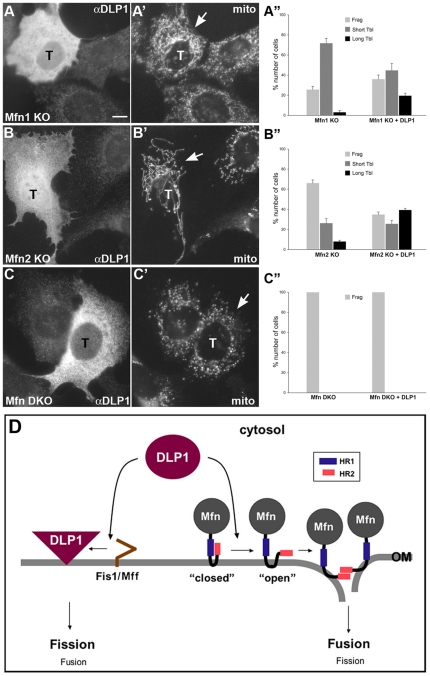Figure 10. Role of DLP1 in mitochondrial fusion.
Mfn1 and 2 single KO cells (mouse embryonic fibroblasts) were transfected with wild type DLP1 and immunostained for DLP1 and cytochrome c for mitochondrial morphology. Mitochondria became longer in Mfn1 KO (A–A”) and Mfn2 KO cells (B–B”) overexpressing DLP1 (arrows), whereas those in adjacent untransfected cells were short and fragmented. More marked elongation of mitochondria is apparent in Mfn2 KO cells overexpressing DLP1 (B'). Mfn DKO cells showed completely fragmented mitochondria with DLP1 overexpression (C–C”). Error bars represent SEM. ‘T’ denotes transfected cells. Scale bars: 10 µm. (D) A schematic model describing the regulatory function of DLP1 in mitochondrial fusion and fission. Fission/fusion machineries are in close proximity in the mitochondrial membrane. The HR1/HR2 interaction keeps Mfn2 molecules in the “closed” conformation. The closed conformation could be formed by intra- or inter-molecular HR1/HR2 interaction (Supplemental Fig. S1). Although only the monomeric Mfn2 is shown here, Mfn2 possibly works in a multimeric conformation for the fusion reaction. DLP1 displaces the HR2 at the HR1 to induce the “open” conformation of Mfn2, which allows the HR2 to associate with the HR2 in opposing mitochondria for tethering and outer membrane fusion. During this process, DLP1 becomes locally and temporarily unavailable for Fis1, effectively suppressing the fission process. In the same way, the efficient fission occurs when DLP1 interacts with Fis1.

